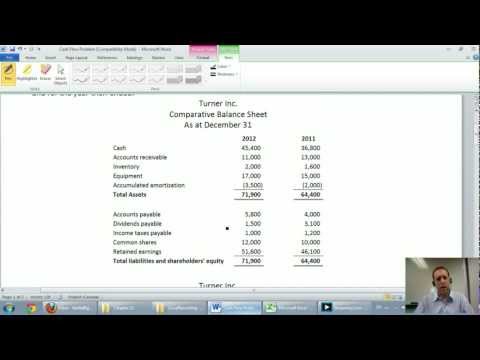13.11: Investing Activities
- Page ID
- 45981
Learning Outcomes
- Identify cash flows that result from investing activities
The second section of the cash flow statement involves investing activities. We will again be chatting about inflows and outflows as it relates to investments.
Learn More
Watch this video to get an explanation of the investing activities part of the cash flow statement:
What happens when we buy an asset? Let’s say we buy a truck for our business. As we discussed earlier, we put the purchase price of the truck as an asset on our balance sheet, then we take small amounts as an expense each month as depreciation to spread the expense out over time. If we purchased the truck for $25,000, from a cash perspective, we had a $25,000 outflow, right? So even though the truck goes to the balance sheet, we need to note the entire purchase price (if we paid cash) on our cash flow statement.
Now we sold a truck for cash! We will remove the truck from the balance sheet, and stop the depreciation, but whatever we received in cash for the truck will show up on our investing section on our cash flow statement. This will be an inflow.
We might also buy stock (cash outflow) or sell stock (cash inflow). Maybe we lend money to another company (cash outflow) or collect money on a loan we previously gave (cash inflow).
So if you invest in property, plant, equipment, stocks, bonds or another company, these are all investment activities on your cash flow statement. Here is a little chart to help make this a little easier:
| Description | Inflow | Outflow |
| Buy assets (property, plant, or equipment) | X | |
| Sell assets | X | |
| Buy stocks, bonds, or other investments | X | |
| Sell stocks, bonds, or other investments | X | |
| Lend money | X | |
| Collect principal on money you lent | X |
Practice Questions
- Investing Activities. Authored by: Freedom Learning Group. Provided by: Lumen Learning. License: CC BY: Attribution
- Cash Flow Statement - Unit 9 - Part 2 - Investing and Financing Sections. Authored by: Tony Bell. Located at: https://youtu.be/6fTUb7qrSS4. License: CC BY: Attribution


